Results
-
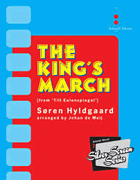 £98.00
£98.00The King's March (from Till Eulenspiegel) (Concert Band - Score and Parts) - Hyldgaard, Soren - De Meij, Johan
This lively work, expertly arranged by Johan de Meij, is taken from the soundtrack of the recently released animated film Till Eulenspiegel. In writing the music for the film the composer, S?ren Hyldgaard, said: "Writing music for an animated adventure romp like Till Eulenspiegel is about as much fun as I can imagine having as a composer. While extremely challenging on the timing and hitting-the-action side, the furious universe of the animated adventure genre is as much an inspiration as it is an obstacle." The King's March from Till Eulenspiegel captures the high spirits of the film itself with the arrival of the extravagant entourage containing the royal carriage with all its Pomp and Circumstance. Duration: 3.30
Estimated dispatch 7-14 working days
-
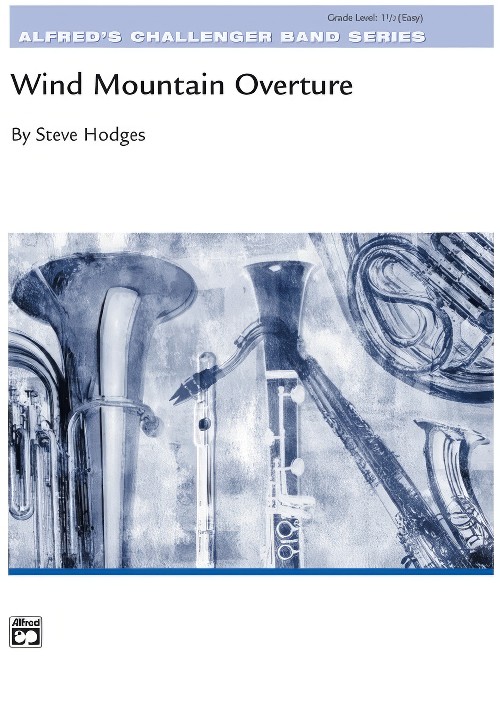 £41.50
£41.50Wind Mountain Overture (Concert Band - Score and Parts) - Hodges, Steve
A strong, jubilant melody and a reflective middle section in 5/4 time highlight this exciting overture. An active percussion part drives the piece forward before settling into the minor section, where the lyrical melody is supported by an equally expressive countermelody. This section moves smoothly in 5/4, building to an effective climax before returning to the recapitulation and dynamic conclusion. Duration: 3.15
Estimated dispatch 7-14 working days
-
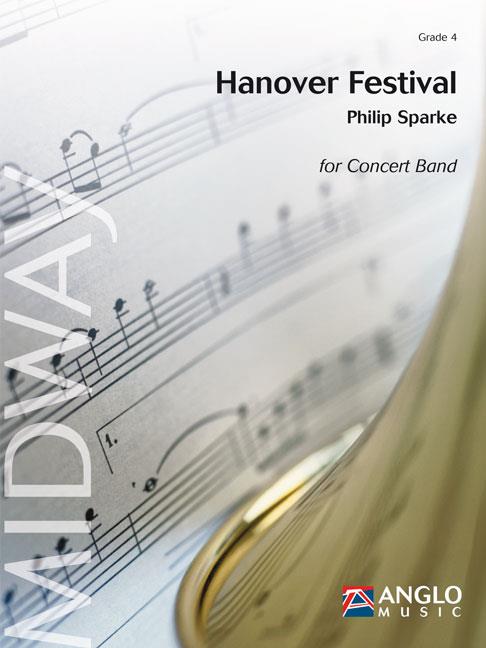 £137.99
£137.99Hanover Festival (Concert Band - Score and Parts) - Sparke, Philip
The Hanover Wind Symphony, New Jersey, USA was founded in 1984 by its conductor Peter Boor. He commissioned Hanover Festival to celebrate the band's 15th Birthday and the first performance took place on October 27th 1999. The piece starts with a solemn brass fanfare. Woodwinds join in and the music subsides into an expressive chorale. A climax is reached and the fanfare returns. Trumpets introduce an explosive vivo section, characterised by an energetic theme from the horns and low clarinets. A bridge passage with strong brass chords leads to a playful section that introduces a legato central theme under woodwind figures. This is taken up by the full band, the playful music returns and the original horn tune is reintroduced. Finally the opening fanfare returns, this time accompanied by music from the vivo section, until a fast and furious coda closes the work.Duration: 8:20
Estimated dispatch 7-14 working days
-
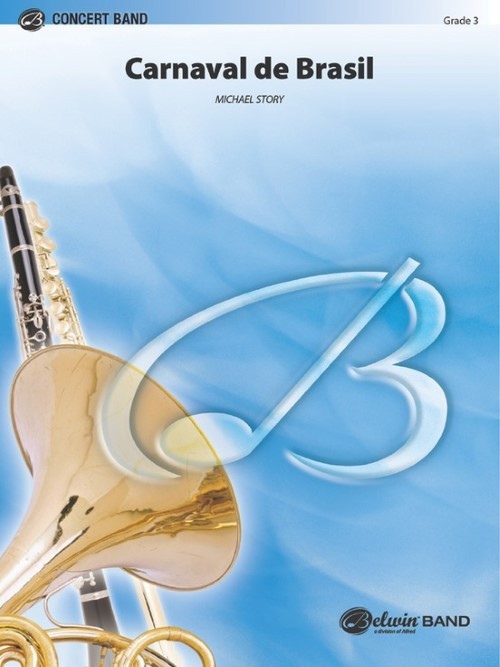 £62.95
£62.95Carnaval de Brasil (Concert Band - Score and Parts) - Story, Michael
This celebration of salsa music begins with an evocative introduction that is followed by an array of salsa rhythmic styles. Included are the mambo, the cha-cha, and the son-montuno, which differ widely. An equally wide assortment of tone colours and textures is explored. This composition is a work rich in multicultural textures.Duration: 3:30
Estimated dispatch 7-14 working days
-
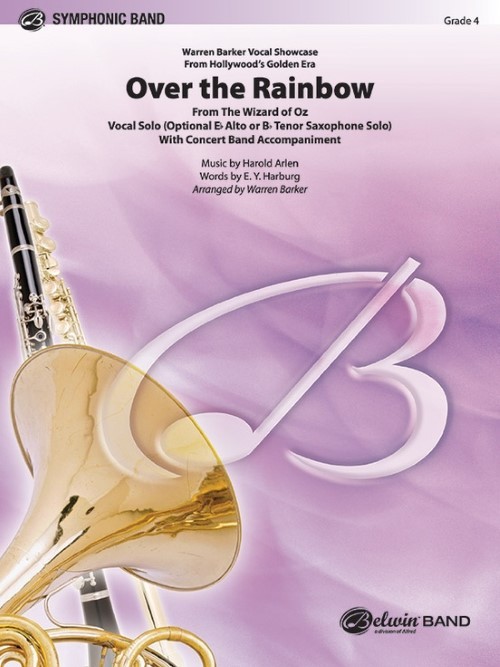 £84.50
£84.50Over the Rainbow (Vocal or Saxophone Solo with Concert Band - Score and Parts) - Arlen & Harburg - Barker, Warren
"But no one will want to sing or play a melody that begins with an octave leap!" said an early critic. That melody that no one would sing or play is now probably the best known in the world. From The Wizard of Oz comes the song that has charmed millions. Warren Barker treats this scoring with care in a lush setting perfect for any concert occasion. If you have no vocalist, an optional alto or tenor saxophone solo part is included in the arrangement. It's a perfect audience-pleaser!Duration: 4:15
Estimated dispatch 7-14 working days
-
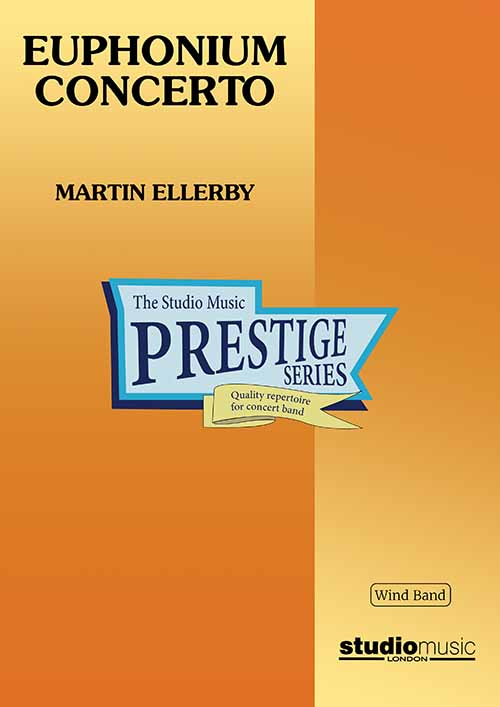 £164.95
£164.95Euphonium Concerto (Concert Band - Score and Parts) - Ellerby, Martin
This Euphonium Concerto was written between late 1994 and early 1995 in response to a commission from Steven Mead to whom the work is dedicated. It is cast in four movements and lasts a little over 22 mins:I. Fantasy: After the briefest of introductions, the solo euphonium enters with the key melodic phrase of the movement in a fast 'Tempo I'. This idea is developed up to the point where a slower 'Tempo II' breaks the argument - here the mood is reflective but it is only to be a brief interruption as 'Tempo I' returns very quickly. The opening material is then subjected to further transformation with 'Tempo II' making occasional returns en route, the distances between the contrasting tempi becoming ever closer, and the movement closes in a rather soft though definite manner.II. Capriccio: This relatively short presto movement forms a bridge between the first movement and the work's slow movement. The majority of the band parts are bright and muted with the percussion players enhancing the texture with contributions from xylophone, glockenspiel and vibraphone. Again the initial solo euphonium phrase provides the basis for almost all the movement's material. This is extremely virtuosic for the soloist and band alike and makes great play of the rhythmic possibilities of combining simple and compound music either in close proximity or together.III. Rhapsody (for Luis): A Lento movement, sitting between two different but essentially rapid ones, this provides the work's emotional core exploiting the soloist's cantabile qualities in an almost seamless fashion. Again, as will all the work's movements, the initial idea paves the way for subsequent development, eventually culminating in a passionate climax; thereafter it winds down with an affectionate backward glance towards the close of the the slow movement of the Euphonium Concerto of Joseph Horovitz, whose mark had been made indelibly on the euphonium repertoire. This movement is dedicated to Luis Maldonado who set the full score of the brass version before his untimely death.IV. Diversions: The work's variation finale is cast in 3/4 throughout though the barline is often a guideline and was seen by the composer as a challenge of metrical restraint! There is an obvious jazz feel to this movement (both rhythmically and harmonically) with a swaggering ritornello theme first announced by the solo euphonium. Thereafter follows a series of interludes and 'adjusted' returns of the main theme. A lyrical idea is allowed to enter but the underlying momentum is ever present. The band also contributes to the interludes and eventually the tempo increases towards a 'wild' and absolute conclusion.Duration: 22.30Recorded on QPRM143D Dreamscapes, Royal Northern College of Music Wind Orchestra
Estimated dispatch 7-14 working days
-
 £32.95
£32.95Euphonium Concerto (Concert Band - Score only) - Ellerby, Martin
This Euphonium Concerto was written between late 1994 and early 1995 in response to a commission from Steven Mead to whom the work is dedicated. It is cast in four movements and lasts a little over 22 mins:I. Fantasy: After the briefest of introductions, the solo euphonium enters with the key melodic phrase of the movement in a fast 'Tempo I'. This idea is developed up to the point where a slower 'Tempo II' breaks the argument - here the mood is reflective but it is only to be a brief interruption as 'Tempo I' returns very quickly. The opening material is then subjected to further transformation with 'Tempo II' making occasional returns en route, the distances between the contrasting tempi becoming ever closer, and the movement closes in a rather soft though definite manner.II. Capriccio: This relatively short presto movement forms a bridge between the first movement and the work's slow movement. The majority of the band parts are bright and muted with the percussion players enhancing the texture with contributions from xylophone, glockenspiel and vibraphone. Again the initial solo euphonium phrase provides the basis for almost all the movement's material. This is extremely virtuosic for the soloist and band alike and makes great play of the rhythmic possibilities of combining simple and compound music either in close proximity or together.III. Rhapsody (for Luis): A Lento movement, sitting between two different but essentially rapid ones, this provides the work's emotional core exploiting the soloist's cantabile qualities in an almost seamless fashion. Again, as will all the work's movements, the initial idea paves the way for subsequent development, eventually culminating in a passionate climax; thereafter it winds down with an affectionate backward glance towards the close of the the slow movement of the Euphonium Concerto of Joseph Horovitz, whose mark had been made indelibly on the euphonium repertoire. This movement is dedicated to Luis Maldonado who set the full score of the brass version before his untimely death.IV. Diversions: The work's variation finale is cast in 3/4 throughout though the barline is often a guideline and was seen by the composer as a challenge of metrical restraint! There is an obvious jazz feel to this movement (both rhythmically and harmonically) with a swaggering ritornello theme first announced by the solo euphonium. Thereafter follows a series of interludes and 'adjusted' returns of the main theme. A lyrical idea is allowed to enter but the underlying momentum is ever present. The band also contributes to the interludes and eventually the tempo increases towards a 'wild' and absolute conclusion.Duration: 22.30Recorded on QPRM143D Dreamscapes, Royal Northern College of Music Wind Orchestra
Estimated dispatch 7-14 working days
-
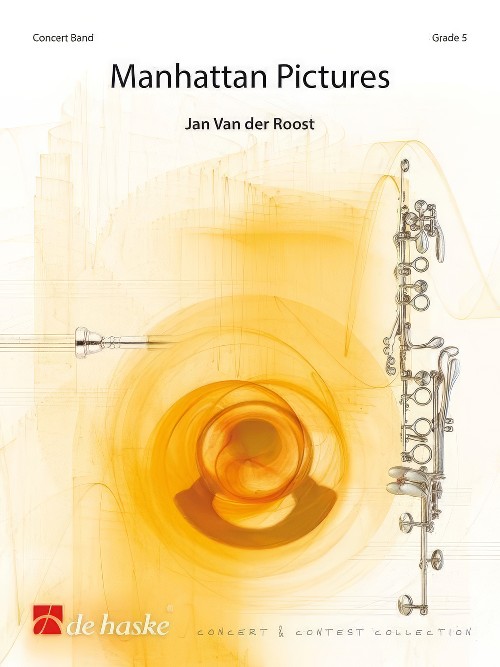 £189.99
£189.99Manhattan Pictures (Concert Band - Score and Parts) - Van der Roost, Jan
In this colourful composition, Jan van der Roost recreates the energetic and multi-racial city life in Manhattan, using four contrasting movements. The opening movement is rather short and rhythmical. In the second "Picture", a variety of musical entities accumulate into a coloured "sound curtain", on top of which the brass section presents a broad theme. In contrast to the two previous movements, the third movement is extremely quiet, featuring the first flute, clarinet an oboe in broad melodies. Again, the orchestration plays an essential role. Following on a majestic "tutti" (almost "movie-like....) the serenity of the very beginning reappears. Finally, the nervousness and dynamic style of the two first movements come back in an exciting apotheosis with rich and sometimes surprising instrumentation which explores the multiple possibilities of the large symphonic wind band to the full.Duration: 13.00
Estimated dispatch 7-14 working days
-
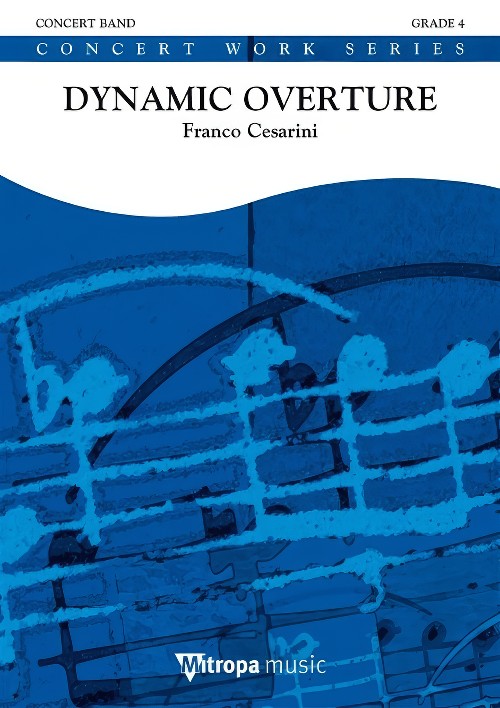 £154.99
£154.99Dynamic Overture (Concert Band - Score and Parts) - Cesarini, Franco
This piece is written in the form of an overture (A-B-A). The beginning features a prominent, dynamic theme, which determines the character of the whole piece. This theme is repeated in every part of the composition; in the slow middle movement it appears in lyrical phrases, supported by broad harmonies, which feature in an unexpected manner. Dynamic Overture ends with an adapted repeat of the first movement, finishing in a flashing coda.Duration: 8:40
Estimated dispatch 7-14 working days
-
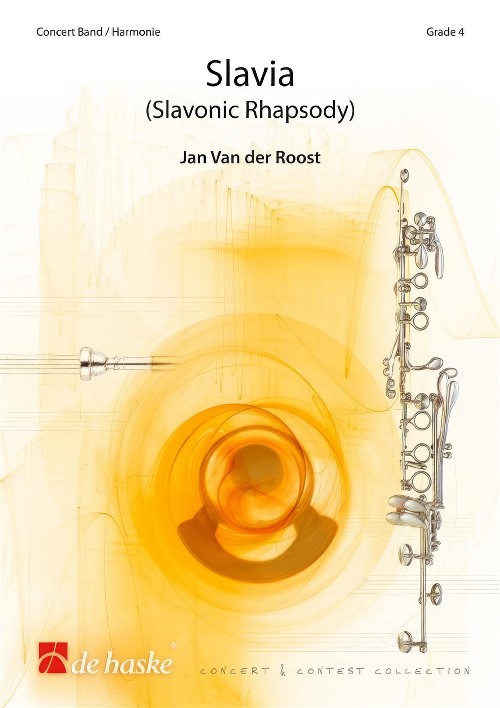 £159.99
£159.99Slavia (Slavonic Rhapsody) (Concert Band - Score and Parts) - Van der Roost, Jan
Jan Van der Roost originally composed each and every note of 'Slavia' (as in case in 'Puszta', 'Rikudim' and 'A Highland Rhapsody'). Consequently, 'Slavia' does not contain any arrangement of existing tunes, but is an original composition 'in the style of...'. The introduction has an ABA structure and exposes a broad melodic line. Following a short cadenza, there is a second movement in a fast and fiery tempo. The tempi increase, gradually culminating in an exciting final climax, making this 'Slavonic Rhapsody' a spell-binding experience to the very last note.Duration: 8:00
Estimated dispatch 7-14 working days
